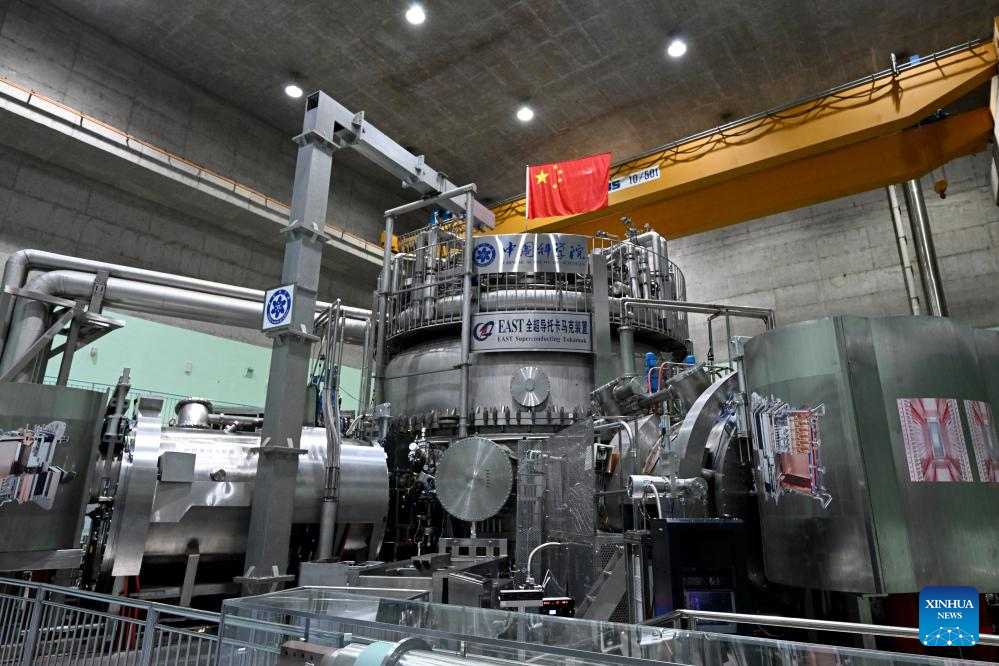Chinese Reactor Sets New Fusion Endurance Record at Over A Thousand Seconds

China has announced its newest achievement in making practical commercial fusion power. The announcement set a new record with a 1,066-second sustained fusion reaction taken by the Experimental Advanced Superconducting Tokamak (EAST) reactor in Hefei, Anhui Province.
A concerted effort to turn the incredible destructive power of the hydrogen bomb was needed to usher in the nuclear power age. A legacy of the Second World War, atomic power, could be a practical source of power that brings a lot of benefits.
One gram of deuterium-tritium fuel holds 90,000-kWh of energy or the equivalent of 11 tonnes of coal that can give clean energy as much as what would be wanted by humanity. To date, a record US$7.1 billion in private investments have been thrown into the pot.
Achieving the fusion of hydrogen atoms outside of the core of the Sun or a weapon is easier than many think as it is a simple lab bench experiment. However, commercial fusion is another story.
Achieving practical fusion requires several exact conditions. It needs a temperature of about 100 – 150 million °C (180 – 270 million °F), a pressure of five to ten atmospheres at the point of reaction, and the ability to keep a high plasma energy stable for at least 10 seconds. What scientists are aiming for is “indefinitely” instead of “at least”.
According to the ASIPP director Song Yuntao, a fusion device needs to operate stably at high efficiency for thousands of seconds to allow the self-sustaining circulation of plasma, which is also important for the continuous power generation of fusion plants.
The latest record of Chinese researchers is based on the previous record of 403 seconds, also set by EAST at the Institute of Plasma Physics under the Chinese Academy of Sciences (ASIPP) in 2023. To achieve this, scientists made a number of upgrades to the experimental system to double the power output while keeping the reaction stable.
China is also a member of the International Thermonuclear Experimental Reactor (ITER) program, which is building the world’s largest experimental tokamak fusion reactor in southern France and is expected to operate by about 2035. The new result from EAST will be a part of China’s contribution to ITER’s construction and operation.

 Tech Steel & Materials
Tech Steel & Materials
Comments are closed